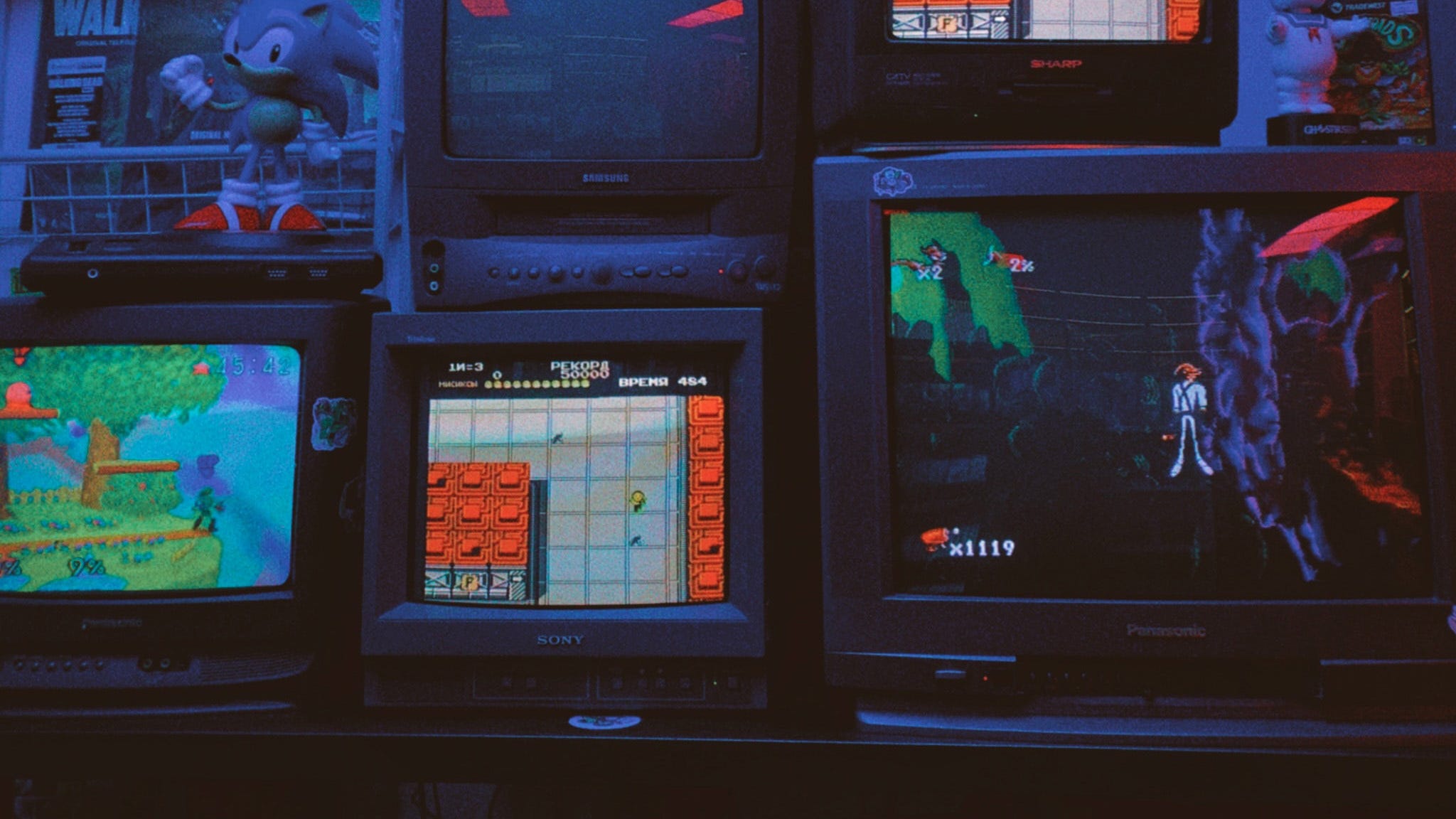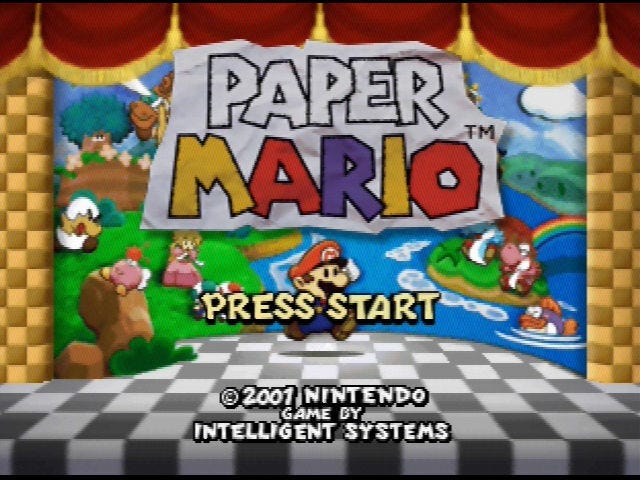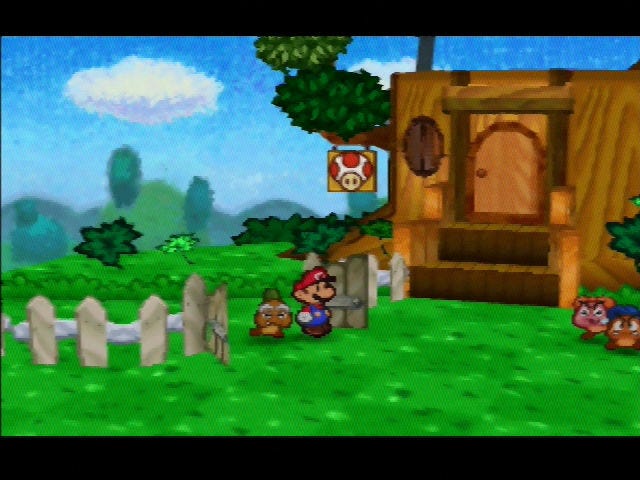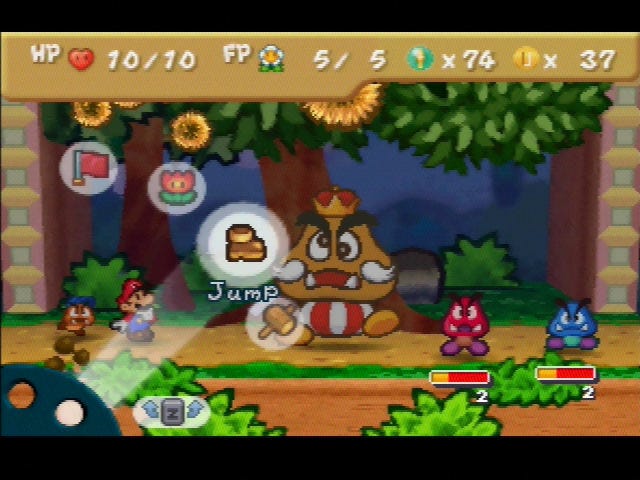Astrolabe 26: Prerelease jitters, a paper-thin debut, and gaming's greatest innovators
Fight, Magic, Items is almost here! Check out all the latest news—including an exclusive excerpt on io9 and where to preorder a signed copy—in this recent newsletter I sent to readers. Preorders are love!

Balls in the Air
I've been covering books as a critic and journalist for nearly half my life—ever since I opened my blog A Dribble of Ink with a review of Terry Brooks' The Elves of Cintra way back in 2007. I've seen every angle of the publicity cycle, I've received a million advance review copies, I've responded to hundreds of publicity requests and ignored thousands more. I thought I knew what it meant to promote your upcoming book.
But, I knew nothing.
My debut book—Fight, Magic, Items: The History of Final Fantasy, Dragon Quest, and the Rise of Japanese RPGs in the West—is out in less than two weeks on October 4th. This means I'm in full-on publicity mode, and, dear reader, it's a lot.
A. Lot.
Early word of mouth is essential for preorders and prerelease excitement. One of the reasons I got into writing about video games is because I saw the vast audience potential with the entrenched SFF fandom—they're crossing over more than ever. I've seen a great response for Fight, Magic, Items from my fellow science fiction and fantasy nerds, writers, and industry folk. It's been covered by some pretty snazzy sites like io9 and ComicBook.com that cater to a mainstream geek culture audience. I'm elated to see people I've admired for years RTing my promo tweets, telling me they're excited for the book, etc. What's been harder—way harder than I expected—is finding my footing with with the games journalism community. It's been tough (so far) to get traction there—to get attention from the eyes of tastemakers and journalists who could help the book find an audience with gamers and JRPG fans who aren't previously familiar with my work. But, I'm trying. I'm going for it. I'm sending those awkward emails and DMs to writers I've admired for years with the small hope they'll be interested in covering the book.
When I envision Fight, Magic, Items being a success—exceeding the expectations set by myself and my publisher, hitting lists, going to a second printing, etc.—I see coverage not just in places like mainstream publishing outlets Publishers Weekly or Kirkus, and general geek outlets like io9, but also on major gaming sites like Polygon, Kotaku, Game Developer, and Wired. These are, obviously, the biggest names in the industry, but as a freelancer who has written about retro games, Japanese RPGs, and games culture for some of them, I know their audiences will enjoy the book.
And that's where my amazing marketing and publicity teams come in. They're pounding the pavement for opportunities, getting the book in front of eyes—lots and lots of eyes—and reaching out to influencers, journalists, critics, bloggers, TikTokers, YouTubers, Instagrammers, and fans who'll love the book. That's their job, and they're damn good at it. The best.
But, while they're doing that, I'm also pounding the pavement. Setting up podcast interviews, sending out a ton of related pitches for standalone freelance features that support the book's premise without being a dodgy advertisement, arranging a book signing, planning out release week content, gathering great cover blurbs from other writer friends.
But. Is it enough?
Or should I be reaching out for more? Do I need a big name blurb for my book to be successful? Does quality of blurb win out over quantity? I made a website for the book. It's pretty cool, but is it doing it's job as a one-stop-shop for the book? I've crafted promotional tweets, fun little previews of the book, and run AMAs. They're fun, but they don't get a lot of likes or RTs. Are they worth the effort? Is it enough?
The answers to all of these questions will come—or not. Publishing, as we all learned following the DOJ v. PRH trial in mid-August, is a black box without answers. If publishers handling books with seven figure advances can't figure this stuff out, how can I possibly expect to. (Spoiler: They totally understand this stuff.)
I'm lucky to have a terrific team on my side—from my super agent Eric Smith to the marketing and publicity team at my publisher, amazing editors, and a huge support network. So, I'll try to find joy in the elation writing and finishing a book, convincing someone to publish it, holding it in my hands, and finding excited and satisfied readers weeks before it's even hit shelves. That's the good of publishing. The rest? The black box that eats data and spits out vague superlatives? That's not so fun.
Coincidentally, my agent Eric posted this on Twitter literally as I was in the middle of writing this editorial.
I quote this bit from her all the time, and try my best to live a good work / life balance in this way.
— Eric Smith (@ericsmithrocks) 3:31 PM ∙ Aug 30, 2022
"The key to juggling is to know that some of the balls you have in the air are made of plastic and some are made of glass."
Like, that's way to do it. https://t.co/wsTb95BzoW
And you know what? Eric's right. Just like he's always right.
I've got a ton of balls in the air right now, and as someone who's knew to all this, I don't know which ones are plastic and which ones are glass. But, I'm gonna find out. I'll listen to my team. I'll experiment and see what works, what doesn't. I'll watch those balls and know that some of them can drop, and I'll be just fine.

Fight, Magic, Items is out October 4 from Running Press. You can preorder a copy right now.
Out & About
(Out & About is where I highlight my work around the web—some recent and some old favourites.)
Fight, Magic, Items Author Aidan Moher Discusses the JRPG's Past, Present, and Future — comicbook.com Aidan Moher has literally written the book on Japanese role-playing games. The Hugo Award-winning editor and journalist, whose work has appeared at Wired and Kotaku among other outlets, has written his first book. Titled Fight, Magic, Items: The History of Final Fantasy, Dragon Quest, and the [...]
The tables are turned! This week, I'm out and about on the other side of the conversation as I sit down with ComicBook.com's fabulous Jamie Lovett to chat about Fight, Magic, Items, Japanese RPGs, and the future of the genre.
Here's a preview:
JL: You mentioned that JRPGs seemed to be having a little bit of a resurgence recently. There are certain games that have reached a surprising level of success. I don't know that anyone expected Fire Emblem: Three Houses to be as big of a deal as it ended up being, for example. What do you think have been the defining games, or even series, of this moment?
AM: I think there are a few different things going on. Fire Emblem is a great example and I think you put that alongside Persona 5. The Persona series. 1 and 2 weren't very successful in the States. 3 and 4 found a good audience; I love them dearly. 5 just blew up, and I think that you can see a parallel there with Fire Emblem: Three Houses because they're built around relationships and people going through not just the epic JRPG storyline together, but going through everything else. They're going through school together. They're going through the growing pains of adolescence and young adulthood.
And so, the way that the Persona Series and Fire Emblem merge those everyday aspects of life and relationship building with more traditional or more recognizable JRPG tropes really worked for everybody because they were fun worlds to hang out in, not just explore. You weren't just there to push around the next corner in the dungeon. You're there to hang out with some friends. And I think that's really appealing to us right now.
Read "Fight, Magic, Items Author Aidan Moher Discusses the JRPG's Past, Present, and Future" on ComicBook.com
LTTP—Paper Mario (Nintendo 64, 2000)
( LTTP stands for “Late to the Party” and is a regular column where I let Twitter decide which retro game I’ll play for an hour. Do your worst, Twitter!)
No Twitter poll this time around because I wanted to write about a game I've been meaning to play for over 20 years: Paper Mario. I'm a huge fan of the series, and have devoured and loved many of the other games—even Sticker Star!—but outside of a 3-4 hours on the Wii U Virtual Console, I'd never played the original. With a recently-acquired cartridge in hand, and an N64 begging for attention, however, I'm finally doing what I should've done in 2000: playing Paper Mario and having a blast.

Paper Mario's always been a joyful series, notable for being Nintendo's first sans-Square follow-up to Super Mario RPG: Legend of the Seven Stars on the Super NES. While retaining some elements from that game's combat system, it marked an otherwise massive departure from the SNES swansong, including a return to a more familiar version of the Mushroom Kingdom, a brand new art style, and a tone close to Super Mario Bros. 3 than Final Fantasy 3. Despite all these changes, though, Paper Mario is an equally impressive RPG effort for everybody's favourite plumber.
Perhaps the most interesting aspect of revisiting Paper Mario two decades after its release is how well it holds up—especially when measured against its N64 and PlayStation peers, many of which aged about as well as juice box forgotten in a school backpack over summer vacation. It's beautiful and colourful, the music is instantly memorable, and the gameplay is snappy, polished and fun.
What surprised me most, however, is how the graphics and worldbuilding don't lean into the papercraft aspect nearly as much as the newer games. Some of this is due to tech—the Switch is obviously working with a lot more real estate and horsepower than the N64—but it's also just sort of... there in Paper Mario. It's a visual style above all else, and leans into the N64's wheelhouse of 3D graphics while still maintaining the charm of Mario's background as a 2D character. It was an ingenious idea at the time, and Nintendo's really let the style evolve nicely over the years.
(Sidebar: I'd love to have seen a Yoshi's Island sequel using this engine/art design, rather than what we got with Yoshi's Story and its prerendered look.)

Equally, combat holds up nicely and features everything you'd expect from a Mario RPG, including timed hits, fun companions, and a general low-stakes experience that motivates the player to experiment with the unique badge system (which grants Mario special moves, stat bumps, etc.) I don't think it's controversial to say that the latest entries in the Paper Mario series—encompassing Super Paper Mario, Sticker Star, Color Splash, and The Origami King—are all brought down by their insistence on abandoning the series' original combat system (found here and in The Thousand Year Door) without a better replacement. It's refreshing to return to the series' trademark humour, fun world, and genuinely funny writing without also having to slog through an experimental and not very fun combat system.

Honestly, it's amazing how much of the modern Paper Mario core is here at its debut. Playing on original hardware on a CRT, the game looks and feels great, there's an impressive level of creative level design, and the writing and localization is right up there with the best of Square's work at the time, like Vagrant Story. Some older games feel their age—others, like Paper Mario, seem not to age at all.
Paper Mario was released in 2000 for the Nintendo 64 and has been re-released on Nintendo's Virtual Console (Wii U) and Nintendo Switch Online + Expansion Pak service (Switch).
Recommended Reads

Gamer Girls by Mary Kenney
When my book Fight, Magic, Items landed at Running Press with editor Britny Brooks-Perilli, it joined a family of other amazing, geeky books about video games, like Daniel Dockery's Monster Kids, which I recommended in Astrolabe #24, and this issue's recommendation: Gamer Girls by Mary Kenney.
Exploring the history of video games through the stories of its creators, Gamer Girls introduces readers to 25 legendary female industry pioneers—from Yoko Shinomura to Rebecca Heineman, Jade Raymond to Roberta Williams. Fully illustrated and packed with information, Gamer Girls is a blast to read, and something I've regularly referenced for my work as a games writer ever since getting my hands on it. I thought I knew a lot about the history of video games and the people featured in Kenney's book, but I walked away with a wealth of new knowledge and appreciation for these amazing creators.
Buy "Gamer Girls: 25 Women Who Built the Video Game Industry" by Mary Kenney
Quest Markers
(Quest Markers is a collection of the coolest stuff I’ve read around the web lately.)
- Genres Are Historical and Cultural, Not Scientific (Counter Craft)
- Watching Spirited Away Again, and Again (The Atlantic)
- Tolkien Acknowledged That Black People Exist in Arda, So Why Can’t Everyone Else? (Vulture)
- A Feast of Magical Beasts: The Dragon Prince (Tor.com)
- Final Fantasy Is ‘Struggling.’ Where Does It Go From Here? (Wired)
- Work, Life, And Sex All Revolve Around Video Games In This Devastating Fiction Book (Kotaku)
- Cleaning Out the Rooms: The Importance of Stuff in Disco Elysium (Paste)
- ‘Schitt’s Creek’ and ‘Letterkenny’ are love letters to rural Canada (The Conversation)
- How Nintendo Went from Censoring All Religious Imagery to Publishing a Game Rooted in Gnosticism and Religious Philosophy (Paste)
- Tolkien and the Horrors of the Great War (Transfer Orbit)
- Why Is a Game Publisher Trying to Buy Every Video Game Ever Made? (Waypoint)
- ‘Return to Monkey Island’ is a swan song for golden-age adventure games (Launcher)
- How Anansi's Tapestry of Lives Is Trying To Enrich DM's Worlds And Promote People's Voices (TechRaptor)
- A Journey Begins: Playing Every SNES RPG (The Pixels)
- Why Race Is Still A Problem In Dungeons & Dragons (io9)
- Trails From Zero is the most important RPG release of the year (Inverse)
- How the century-old history of the Okanagan's bold fruit labels is being kept fresh (CBC)
End Step
What are your favourite books about video games?
Support
There are lots of ways to support Astrolabe and my other work. Check ‘em out!
Keep In Touch
Enjoy Astrolabe? Want more SFF and retro gaming goodies? You can find me on Twitter and my website.
Credits
Astrolabe banner photo by Shot by Cerqueira on Unsplash

